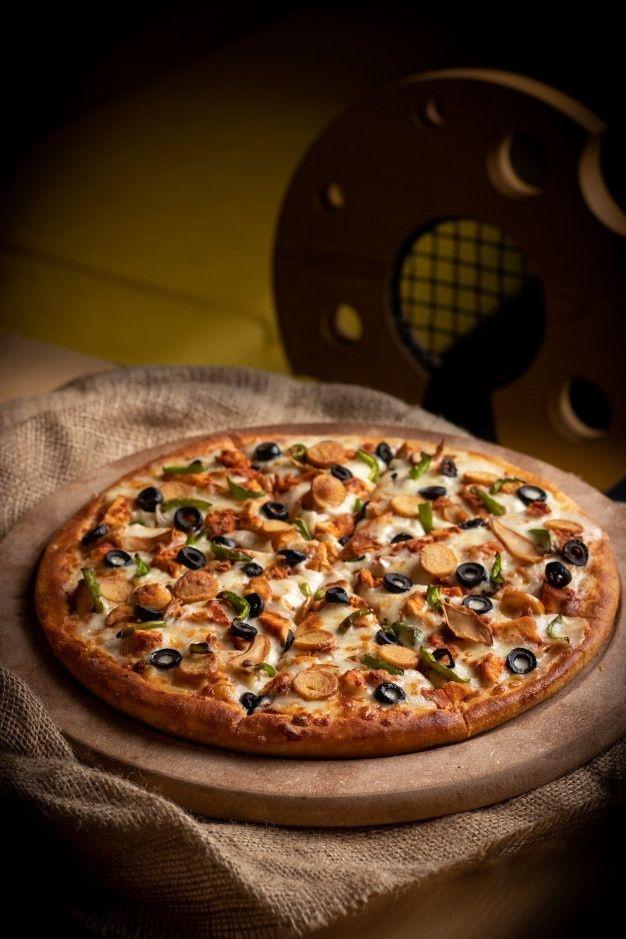Here at CoveWanderCalm, our philosophy is that the pinnacle of pizza begins with top-notch dough. With over thirty years devoted to refining our technique, we are thrilled to unveil certain elements of our expertise. While our proprietary blend remains a closely-guarded family secret, these fundamental tips will assist you in crafting pizzeria-level pizza dough within the confines of your home.
Choosing the Right Flour
The cornerstone of exceptional pizza dough lies in the use of premium flour. Our suggestion is to opt for 00 flour, a finely milled Italian variety with a moderate protein content, typically around 12%, which strikes an ideal balance between elasticity and softness. In the absence of 00 flour, a viable alternative is bread flour, although there will be a noticeable alteration in texture.
Water Temperature and Dough Hydration
The warmth of the water plays a crucial role in the rise and development of your dough. Utilize chilly water at about 45°F (7°C) to encourage a sluggish fermentation, enhancing flavor complexity. For a speedier rise, select lukewarm water at approximately 85°F (29°C). Maintain a water-to-flour ratio between 60-70% to achieve optimal results in most household ovens.
Yeast Usage and Fermentation Duration
The key to a full-bodied dough flavor lies in moderating yeast quantities and extending fermentation periods. A mere 0.2% fresh yeast to the weight of flour will suffice for doughs that are left to ferment over 24-48 hours, fostering not only a richer taste profile but also increased digestibility.
Salting for Structure and Control
Beyond providing zest, salt fortifies the gluten framework and modulates yeast activity. For best results, integrate about 2.5-3% of fine sea salt based on the weight of your flour, incorporating it once the flour and water begin to amalgamate to prevent it from coming into direct contact with the yeast.
The Craft of Fermentation
Following the amalgamation, give your dough a bulk fermentation at ambient temperature for a couple of hours, then partition it into individual portions. Encase these segments in lidded vessels and chill them for a duration spanning from one to three days. It's within this refrigerated fermentation phase that a culinary alchemy occurs, as enzymes convert starch into sugars to enrich the flavor and enable the crust's iconic browning.
Delicate Dough Handling
Prior to actual pizza crafting, let the dough acclimate from the chill of the fridge for an hour or two. Attending to the dough with a light touch is crucial to maintain the air pockets that have formed. Instead of rolling, which can deflate your dough, use your fingertips to stretch it into shape, ensuring those air pockets remain intact.
Heat: The Decisive Element
While our pizzas are traditionally baked in ovens raging at 850°F (454°C), a typical household oven usually tops out at about 550°F (288°C). To mimic the powerful bottom heat of our wood-fired ovens, we suggest preheating a baking stone or steel for an extensive period, ideally no less than one hour, thus granting your pizza a crunchier exterior and a more ethereal crumb.
The mastery over pizza dough resembles more of an evolving process rather than a final goal. Every attempt is an opportunity for growth and understanding the nuances of the preparation. Document your trials, tweak the procedures, and delve into unravelling the ideal methods suited to your personal kitchen atmosphere.
For those intrigued by witnessing our dough-making in action, consider attending one of our monthly pizza workshops. Chef Luca will thoroughly demonstrate these techniques. Visit our events schedule for future dates!

